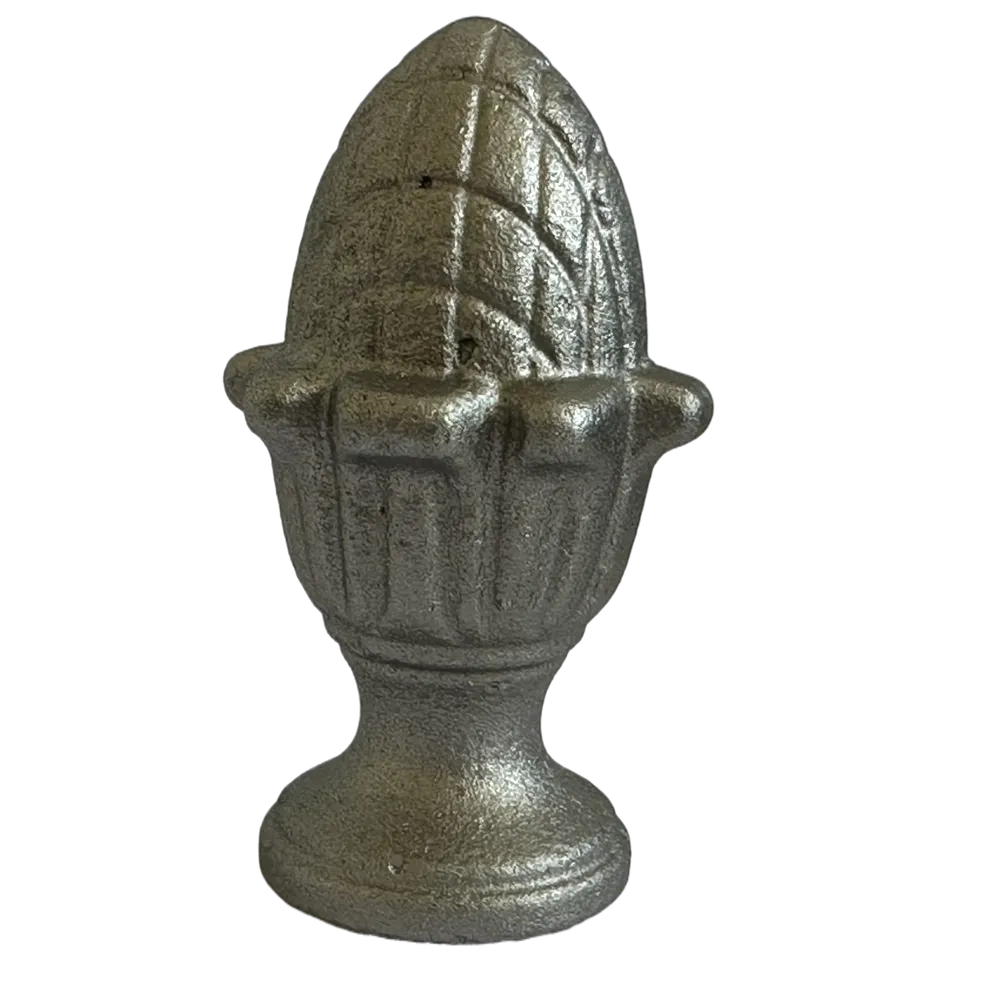Innovative Design Ideas for Decorative Metal Applications in Modern Interiors
The Art and Utility of Ornamental Metals
Ornamental metals have long been celebrated for their beauty, versatility, and functionality in various applications. From intricate designs in architecture to elegant furniture pieces and decorative objects, these materials play a crucial role in enhancing the aesthetic appeal of our environments. This article will explore the history, types, and applications of ornamental metals while highlighting their significance in contemporary design.
Historically, ornamental metals have been used in various civilizations, dating back to ancient times. Cultures such as the Egyptians, Greeks, and Romans utilized metals like bronze, gold, and silver to create beautiful artifacts, jewelry, and architectural elements. These materials were not only valued for their decorative qualities but also for their status symbol, showcasing the wealth and power of those who possessed them. The techniques developed over centuries, such as forging, casting, and engraving, allowed artisans to produce exquisite works that remain admired to this day.
There are several types of ornamental metals, each with its own unique properties and characteristics. Commonly used metals in this category include brass, copper, aluminum, and stainless steel. Brass, an alloy of copper and zinc, is favored for its golden hue and corrosion resistance, making it ideal for decorative hardware and fixtures. Copper, known for its warm glow and malleability, is often used in sculptures and architectural details. Aluminum, lightweight and resistant to corrosion, has become increasingly popular in modern design for both structural and decorative elements. Stainless steel, with its sleek and polished finish, is commonly used in contemporary furnishings and public art installations.
The applications of ornamental metals are vast and varied. In architecture, these metals are often utilized in railings, gates, and facades, adding a touch of elegance and sophistication to buildings. Intricate metalwork can be seen in historical landmarks as well as in modern skyscrapers, where designers use these materials to create striking visual contrasts. Ornamental metals also find their way into interior design, where they can be incorporated into furniture, lighting fixtures, and decorative accents. By combining functionality with artistic expression, interior designers leverage the unique qualities of metals to create stunning ambiances.
ornamental metals

Moreover, ornamental metals play a significant role in the world of jewelry design. Artisans craft intricate designs using techniques such as filigree, enameling, and stone setting, resulting in unique pieces that are not only wearable but also artistic expressions. The allure of precious metals like gold and silver lends an air of luxury to jewelry, making it a popular choice for special occasions and personal adornment.
In recent years, there has been a growing trend towards sustainable and eco-friendly practices in the use of ornamental metals. Many artisans and manufacturers are exploring recycled and upcycled metals, reducing waste and environmental impact. This shift towards sustainability has not only contributed to environmental conservation but has also sparked innovative designs that embrace the beauty of imperfection and the history of the materials used.
As we move forward, the demand for ornamental metals continues to evolve, driven by advancements in technology and changing design aesthetics. Techniques such as laser cutting and 3D printing are allowing for even more intricate and customized creations, pushing the limits of what can be achieved with these materials. Furthermore, the fusion of traditional craftsmanship with modern techniques is breathing new life into the art of metalworking.
In conclusion, ornamental metals are more than just materials; they are an integral part of our cultural heritage and contemporary design language. Their versatility, beauty, and functionality make them a preferred choice for architects, designers, and artists alike. As we continue to appreciate and innovate within this realm, ornamental metals will undoubtedly remain a vital element of our artistic and architectural landscapes—a testament to human creativity and craftsmanship throughout the ages.
-
Wrought Iron Components: Timeless Elegance and Structural StrengthNewsJul.28,2025
-
Window Hardware Essentials: Rollers, Handles, and Locking SolutionsNewsJul.28,2025
-
Small Agricultural Processing Machines: Corn Threshers, Cassava Chippers, Grain Peelers & Chaff CuttersNewsJul.28,2025
-
Sliding Rollers: Smooth, Silent, and Built to LastNewsJul.28,2025
-
Cast Iron Stoves: Timeless Heating with Modern EfficiencyNewsJul.28,2025
-
Cast Iron Pipe and Fitting: Durable, Fire-Resistant Solutions for Plumbing and DrainageNewsJul.28,2025
-
 Wrought Iron Components: Timeless Elegance and Structural StrengthJul-28-2025Wrought Iron Components: Timeless Elegance and Structural Strength
Wrought Iron Components: Timeless Elegance and Structural StrengthJul-28-2025Wrought Iron Components: Timeless Elegance and Structural Strength -
 Window Hardware Essentials: Rollers, Handles, and Locking SolutionsJul-28-2025Window Hardware Essentials: Rollers, Handles, and Locking Solutions
Window Hardware Essentials: Rollers, Handles, and Locking SolutionsJul-28-2025Window Hardware Essentials: Rollers, Handles, and Locking Solutions -
 Small Agricultural Processing Machines: Corn Threshers, Cassava Chippers, Grain Peelers & Chaff CuttersJul-28-2025Small Agricultural Processing Machines: Corn Threshers, Cassava Chippers, Grain Peelers & Chaff Cutters
Small Agricultural Processing Machines: Corn Threshers, Cassava Chippers, Grain Peelers & Chaff CuttersJul-28-2025Small Agricultural Processing Machines: Corn Threshers, Cassava Chippers, Grain Peelers & Chaff Cutters












